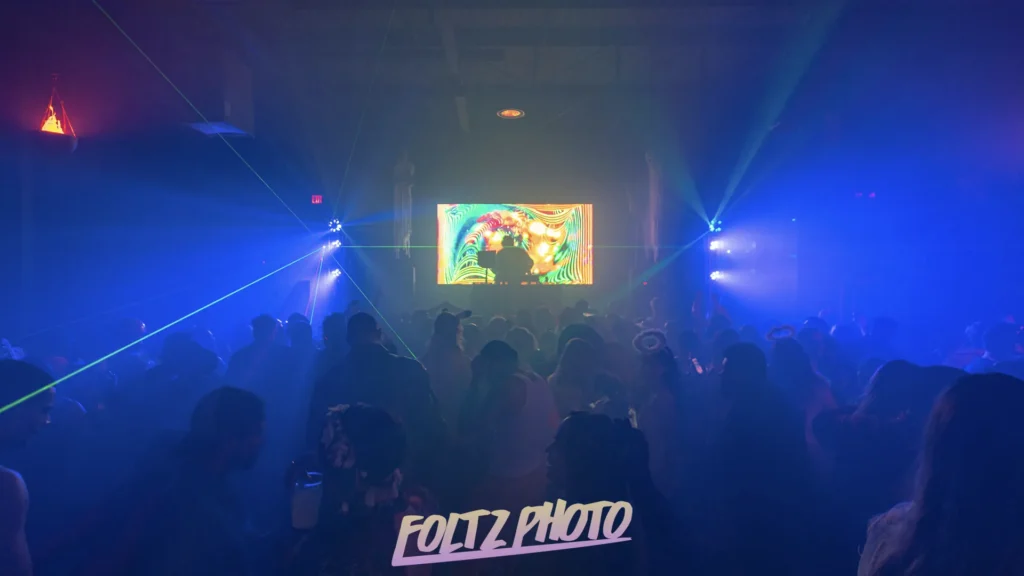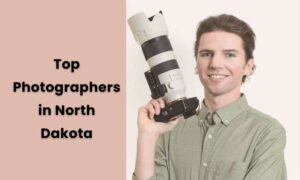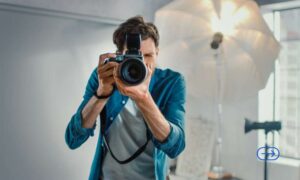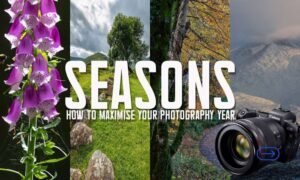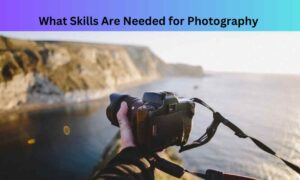What is concert photography:
Concert photography is a very good and profitable field concert photography means capturing the excitement, energy, and video of a live music performance. If you are photographing a small club or festival, your main aim is to capture the best moments.
This work can be quite challenging as there is a lot of lighting in concerts. So doing excellent photography despite all these things is an extremely difficult task. Still, if you are skilled then you can do this work extremely well because concert photography is a flourishing field and a profitable work.

Steps for Getting into Concert Photography
Following steps should be followed before getting into concert photography.
1- Develop relevant skills for Performance Photography:
Before starting concert photography, it is important to first develop the skill of how to photograph low light, fast-moving objects, and dynamic stage lighting. Apart from this, to capture and cover the concert, it is important that you know the camera settings like setting ISO, shutter speed, and aperture. Before starting concert photography, it is very important to adjust to the concert environment and understand concert photography completely.
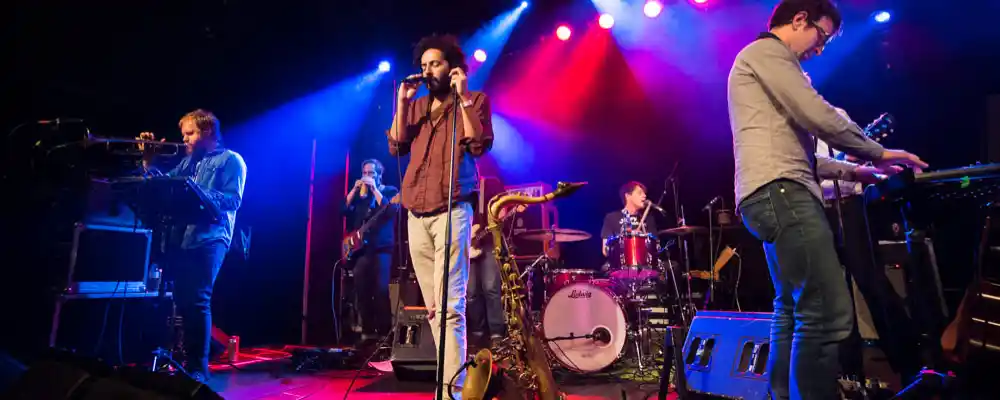
2- Purchase equipment for Live Music Photography
For concert photography, you must have the best quality equipment because you will be able to do a good job only if you have the best equipment. If you are working in a dim concert venue then you must have a good camera with low-light performance and autofocus.
Apart from this, wide aperture lenses and a 50mm portrait lens are very important. It is also necessary to have high-capacity memory cards and spare batteries. You will be able to do a good job only if you invest as much as you can in all this equipment.
3- Find an outlet for Band Photography
To showcase your concert photography to the people you need to choose the right platforms like Facebook, Instagram, and Flickr website. If you have a good relationship with concert organizers and local music venues then you can also do freelancing by capturing the best events. You can also post your photography on live concert websites. Apart from this, you can also sell prints and use your captured pictures for promotional purposes.
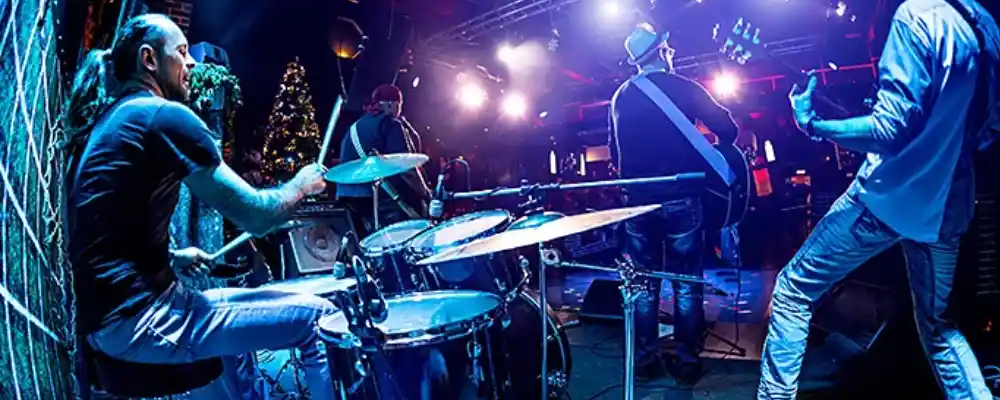
4- Build a portfolio
To get into Live Music Photography, it is important to have a strong portfolio. It is important to showcase the photographs of the best events captured by you and the energy and emotions captured during the live performance in your portfolio.
Apart from this, capturing moments close to the musicians and capturing moments from a wide angle should also be included. It is important to have all the events you have covered and the best moments captured in your portfolio because these things reflect the skill in you and you get work based on all this.
5- Network with other concert photographers
To get more opportunities to work within the Live Music Photography field and to move forward, it is important to build connections with other people because as a result, you will go to local shows and festivals, and the more events you cover.
The more fun you will have meeting people working in the field, where you can exchange tips. There are chances for collaboration as well. Apart from this, there are also chances for freelance gigs and referrals.
6- Ask to photograph concerts
If you’ve built experience in Live Music Photography and you know the work, don’t be afraid to approach people and work with them. Get in touch with local music artists, and event organizers. Small venues and offer to do events and share your portfolio with them. And tell them about work you’ve done before. If they accept the offer, don’t be afraid to take the work and work confidently.
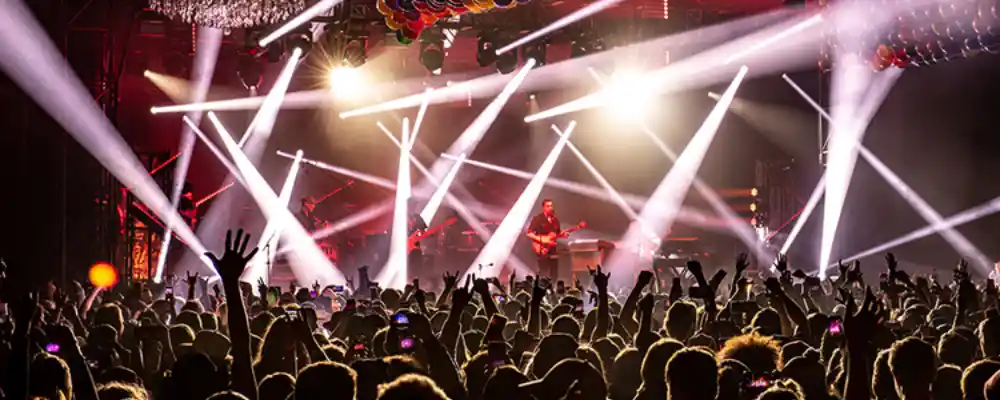
7- Consider starting your publication
The best way to start your publication is to create a platform for artists and showcase your Live Music Photography there. Tell them about your publication niche like local music scenes live performances and photography reviews.
Decide on the format whether it will be digital magazines or a social media page. Engage with your audience and collaborate with local artists as this grows your following. This not only gives you a chance to express your creativity but also increases the chances for collaboration and growth.
Conclusion:
In conclusion, becoming a concert photographer can be an exciting but challenging job but not for those who are passionate about music, an energetic environment, and photography.
Being skillful and master in the work you can capture memorable moments in an event. The energy and emotions as well and run your exciting career even successfully.
So, grab your camera to capture the beautiful moments, have fun, and embark on this thrilling adventure to create visual stories that resonate with audiences far and wide.
Accessories that you need for concert photography
For concert photography, it is very important to carry some accessories that can be useful for you during photography, which are discussed below:
128GB Sandisk Class 10 SD Card:
You can carry anyone but try to carry the one which has more storage capacity because the more storage you have. The more storage you can keep and can help you during your photography.
UV Lens Filter:
Before buying a lens, check its width and buy a lens filter accordingly. Because it helps in protecting your lens and if something breaks, it saves your lens from getting broken.
Camera Bag:
The camera bag is a very essential and good thing because wherever you go you carry it with you which helps you to carry camera accessories, extra lenses, and spare batteries
Earplugs:
Try to use good earplugs especially those earplugs which are designed for musicians because through them you can listen to music and also protect your ears
How to get started as a concert photographer?
To start concert photography it is important that first you capture small local shows, and build strong relationships with people working in this field. Start blog photography and license your photos, do great research, invest in equipment, build a good portfolio, look for opportunities, stay updated, and improve your work.
How can I improve my concert photography?
To improve concert photography, you must correct your camera settings such as setting ISO, shutter speed, and aperture for low light environments, investing in fast lenses and wide apertures, experiencing different angles, using burst mode to capture rapid moments, and editing your photos correctly.

Is Concert Photography a career?
Yes, concert photography can be a great field for those who are interested in music and photography. You also get the opportunity to do freelancing by capturing many events, festivals, and live performances. Apart from this, you can also work full-time with music media magazines. For this, it is important to make your portfolio strong approach different people work with them, and make your career better by capturing the best moments.
Can I sell photos I took at a Concert?
Yes, you can sell your photos but you have to take care of a few things. If you are a concert photographer then you must have copyrights as this shows ownership of the photos. You must have a model release to sell these photos commercially.
Apart from this, you must have a license like a one-time view or broader view. Your location restriction is also important. You can also sell your captured photos on your social media platforms like Facebook, Instagram, and website.
How do I start as a beginner Photographer?
Starting concert photography can be an exciting journey. For this, you need to choose the equipment and start working with a camera that is budget-friendly for you. You should know the basics of concert photography and need to improve your skills by practicing daily.
You should be able to edit your photos in a better way. You should study other photographers working in this field and join a photography community accordingly. Set your goals and then you can become a confident and good concert photographer.
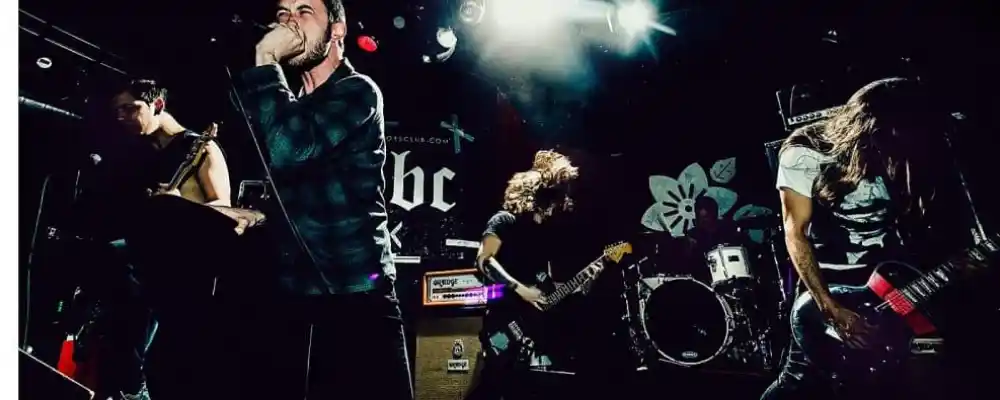
Which camera is best for Concert Photography?
There are many different camera choices to choose from for starting concert photography.
If you use Canon EOS R6 then it has the advantage of being mirrorless and has good low light. Using the Nikon Z6 II then it comes in handy as it has a full-frame sensor.
If you feel good about using Sony A7 III then it is good for 10 fps continuous shooting and autofocus.
If you use Fujifilm X-T4 then it is good for body stabilization. Besides this Nikon D7500 can be a good choice for capturing live events.
How do you become a Concert Photographer?
To become a concert photographer, you must join the concert photography community, work with them, go to various events, capture good moments there, edit them well, and make your portfolio good. Apart from this, to do good work in concert photography, it is important to have the best camera and other equipment. Therefore, it is important to choose the best equipment and start concert photography.
How do you photograph concerts?
Photographing concerts is a challenging task because reaching different venues and photographing in lowlights is a very difficult task. For concert photography, it is important that you first pick up your camera, lenses, and other accessories, then go to the venue, understand composition techniques set up the camera, and respect the performers and the audience. Doing all these things helps you refine your skills and you can do excellent photography.

How much does a concert photographer cost?
The cost of Live Music Photography can be estimated by looking at various factors such as the experience of the photographer, location, importance of the location of the event, and the importance of the event. However, the cost of hiring a professional photographer ranges from 100 dollars to 2500 dollars, which should be taken into account by looking at the factors mentioned above. Apart from this, if you are hiring a photographer, you should discuss the cost by communicating clearly with them.
Best Cameras for Concert Photography On A Budget. Nikon D5100
Best lenses for Live Music Photography in 2024 · 1. Canon EF 50mm f/1.8 STM · 2. Sony FE 90mm f/2.8 Macro G OSS · 3. Tamron 24mm f/2.8 Di III OSD.
Equipment, Camera Settings, Composition, Technique, Post-Processing,

